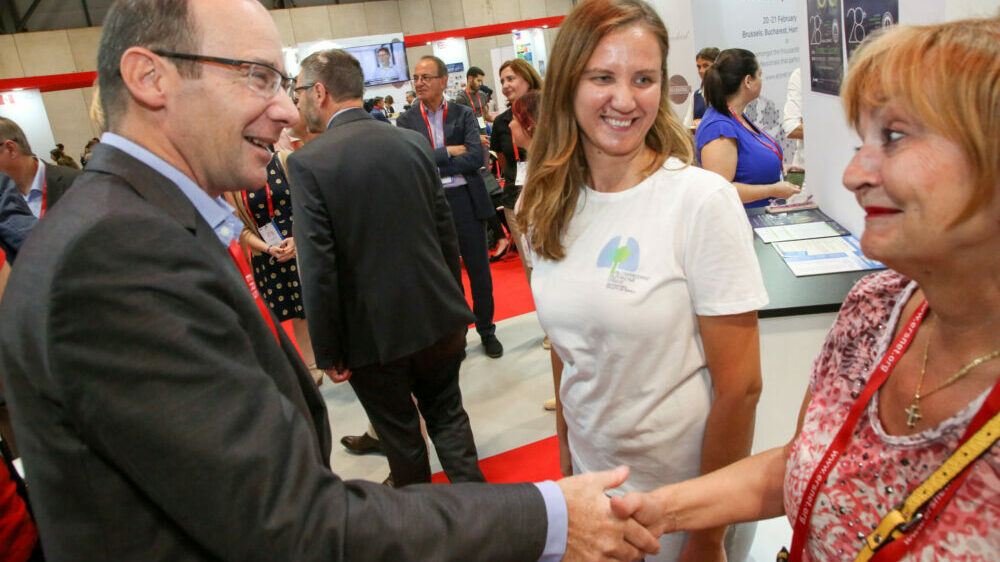Overview:
Although our understanding of obstructive sleep apnoea in children improved over the last decade, there is still limited information regarding children younger than 2 years of age. For example, definition of obstructive sleep apnoea syndrome (OSAS) in the first 2 years of life should probably differ from that applied in persons older than 2 years as obstructive and central sleep apnoeas decline in frequency during infancy in otherwise healthy subjects and those with symptoms of upper airway obstruction. The combination of dynamic and fixed upper airway obstruction may pose a challenge for treatment and drug-induced sleep endoscopy (DISE) may be more useful in this age group to select the most appropriate surgical intervention. For young children who are not candidates for airway surgery, nasopharyngeal airway insertion, low flow oxygen, high flow nasal cannula and positive airway pressure can be considered for treatment. However, these treatment modalities also pose challenges. This webinar will focus on these important topics.
Topics:
- Should the definition of OSAS in children < 2 years of age be different? – Athanasios Kaditis
- Progress in the non-surgical treatments for OSAS in young children – Ignacio Tapia
- DISE and surgical interventions for the management of upper airway obstruction in the first 2 years of life – An Boudewyns
Target audience:
- Paediatricians
- Paediatric Respirologists
- Sleep physicians
Format
This webinar will include three lectures of 45 minutes followed by 15 minutes of discussion facilitated by the chairs.
Learning outcomes
Following this webinar, participants will be able to:
- Briefly review the definition of OSAS in 2- to 18-year-old children.
- Summarize published reference values for polysomnography respiratory parameters in the first 2 years of life.
- Discuss discrepancies regarding severity classification of upper airway obstruction in infants when applying clinical criteria as compared to polysomnographic criteria devised for children aged 2 to 18 years.
- Evaluate non-surgical treatments of OSAS in children younger than 2 years.
- Evaluate DISE and surgical interventions for OSAS in young childen:
- The pattern of upper airway obstruction in infants and young children with OSAS.
- The role of DISE as a diagnostic tool for upper airway evaluation in young children.
- DISE-directed surgical modalities in young children with OSAS.
CME credit
An application for accreditation of this webinar has been made to the European Board for Accreditation in Pneumology (EBAP) for 1 CME credit per 1-hour attendance. If accredited, the CME credit will be granted upon attendance of at least 60 minutes during the live webinar only.
What is a webinar?
A webinar closely simulates a lecture-based teaching experience. The speaker can interact with the audience, just as in a classroom setting. During the webinar, you will be asked to share your opinion on issues related to the topic using interactive polls.
All participants will be able to hear the lecturer and see the slides throughout the presentation. As a participant you will be able to pose questions or discuss ideas with the other participants via the text chat facility and the speaker will respond to the questions via the microphone.
Login guidelines
More information will be communicated in due course.
- Please log in to the webinar 20 minutes before it is scheduled to commence. If you have any technical difficulties whilst trying to log in or during the session please contact e-learning@ersnet.org.
- Check Central European Time.
- To achieve the best quality, we recommend to avoid downloading anything from the internet during your connection to the lecture and stopping all other programmes.
- Please also ensure that your audio settings are not set to mute and adjust the volume to a comfortable level.
Diseases/methods:
- Paediatric respiratory diseases
Target audience
- Paediatricians
- Paediatric Radiologists
- Sleep physicians




